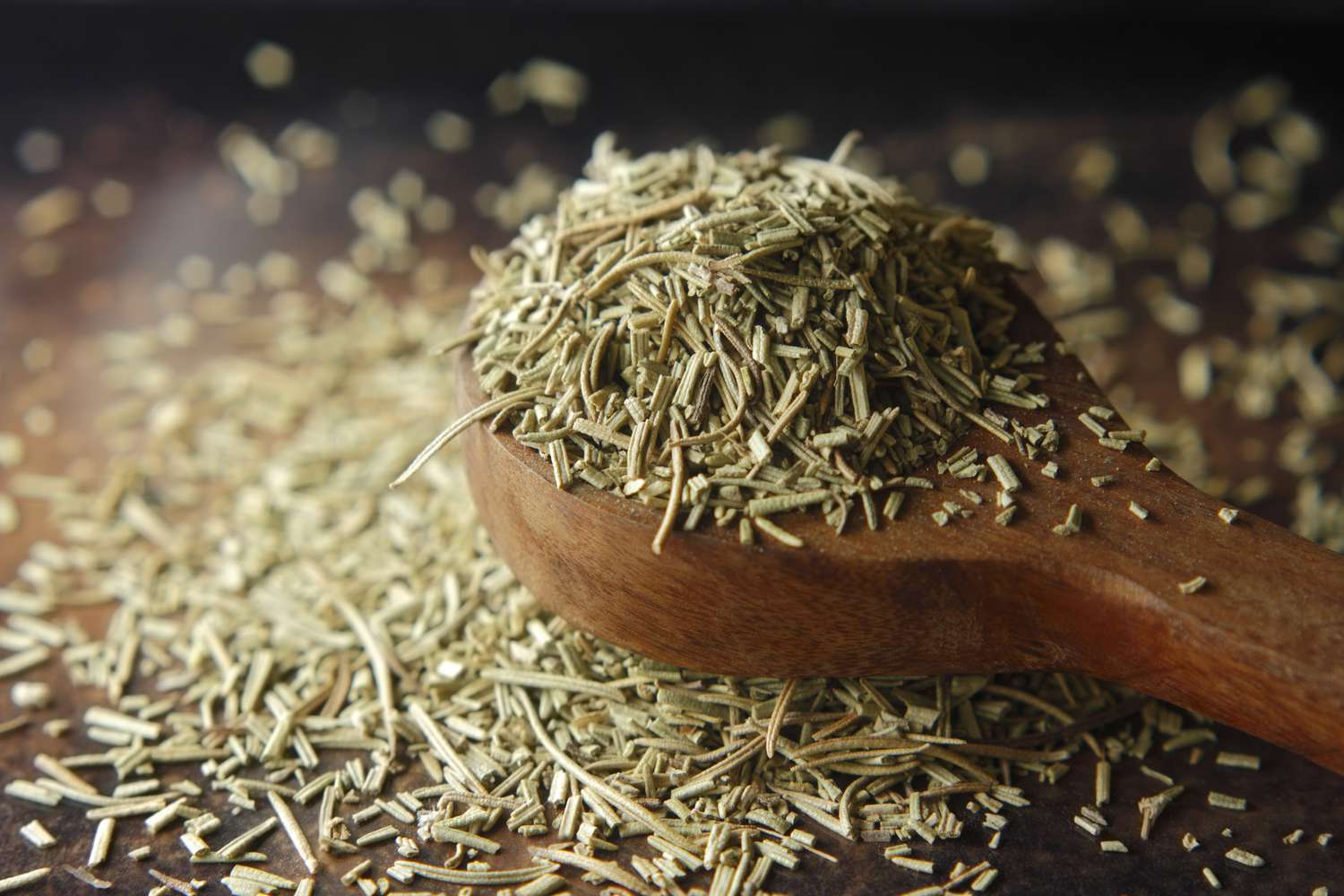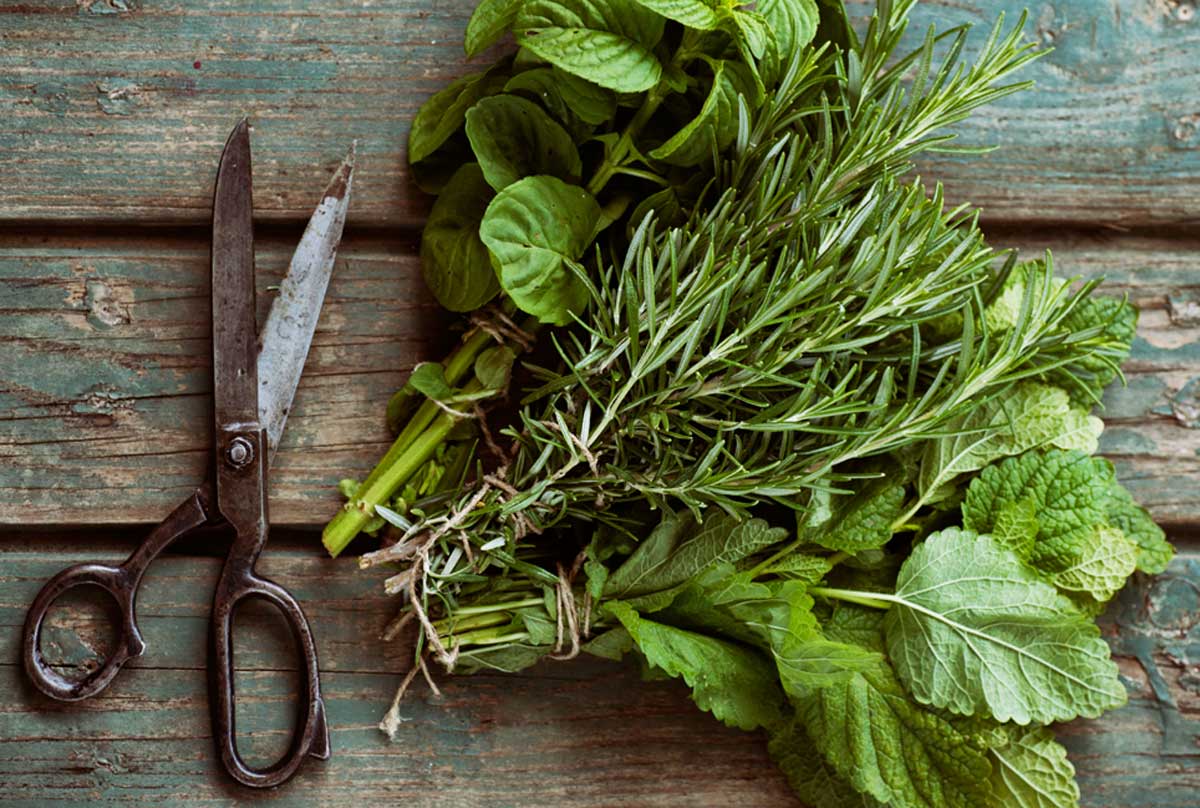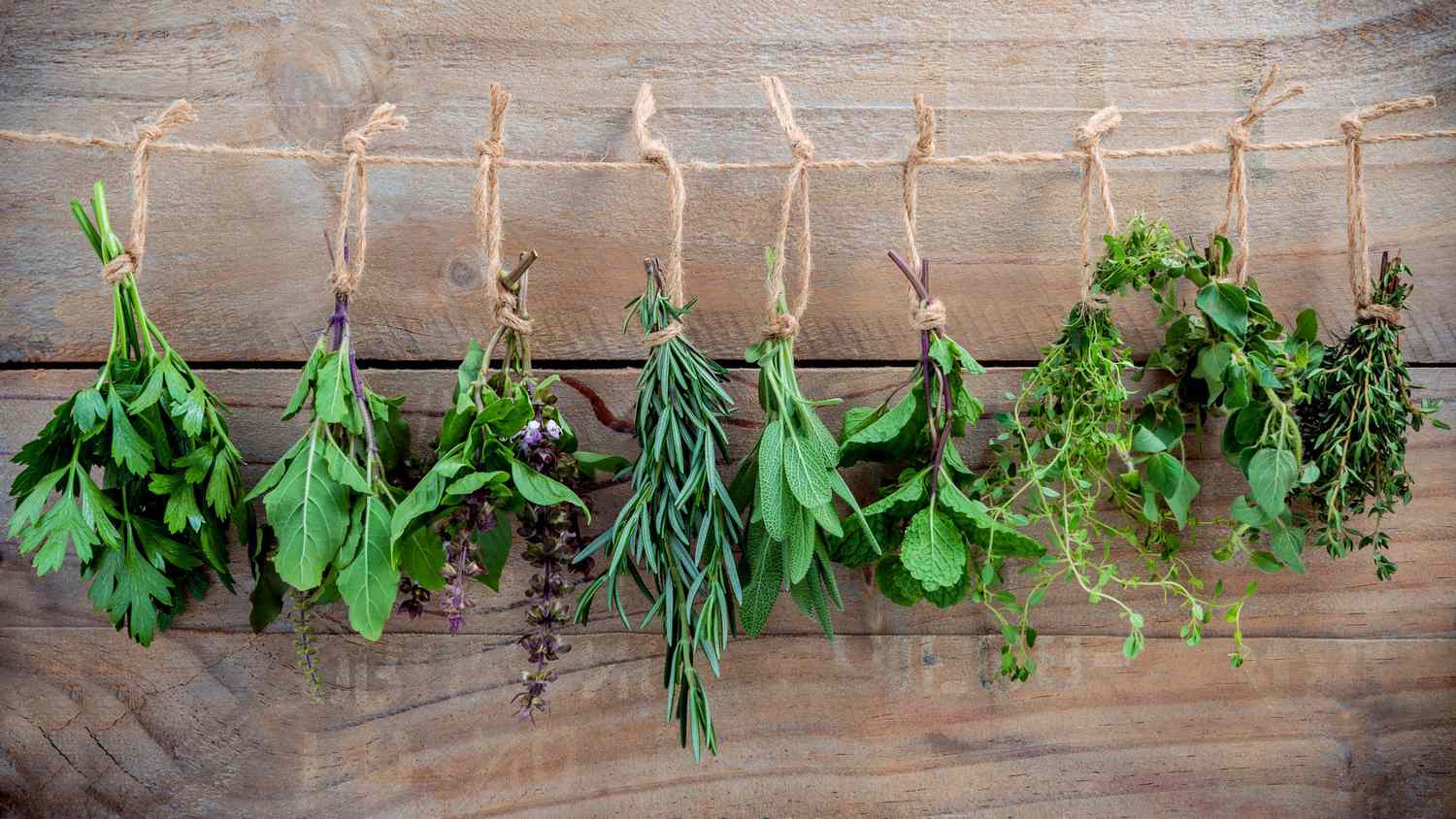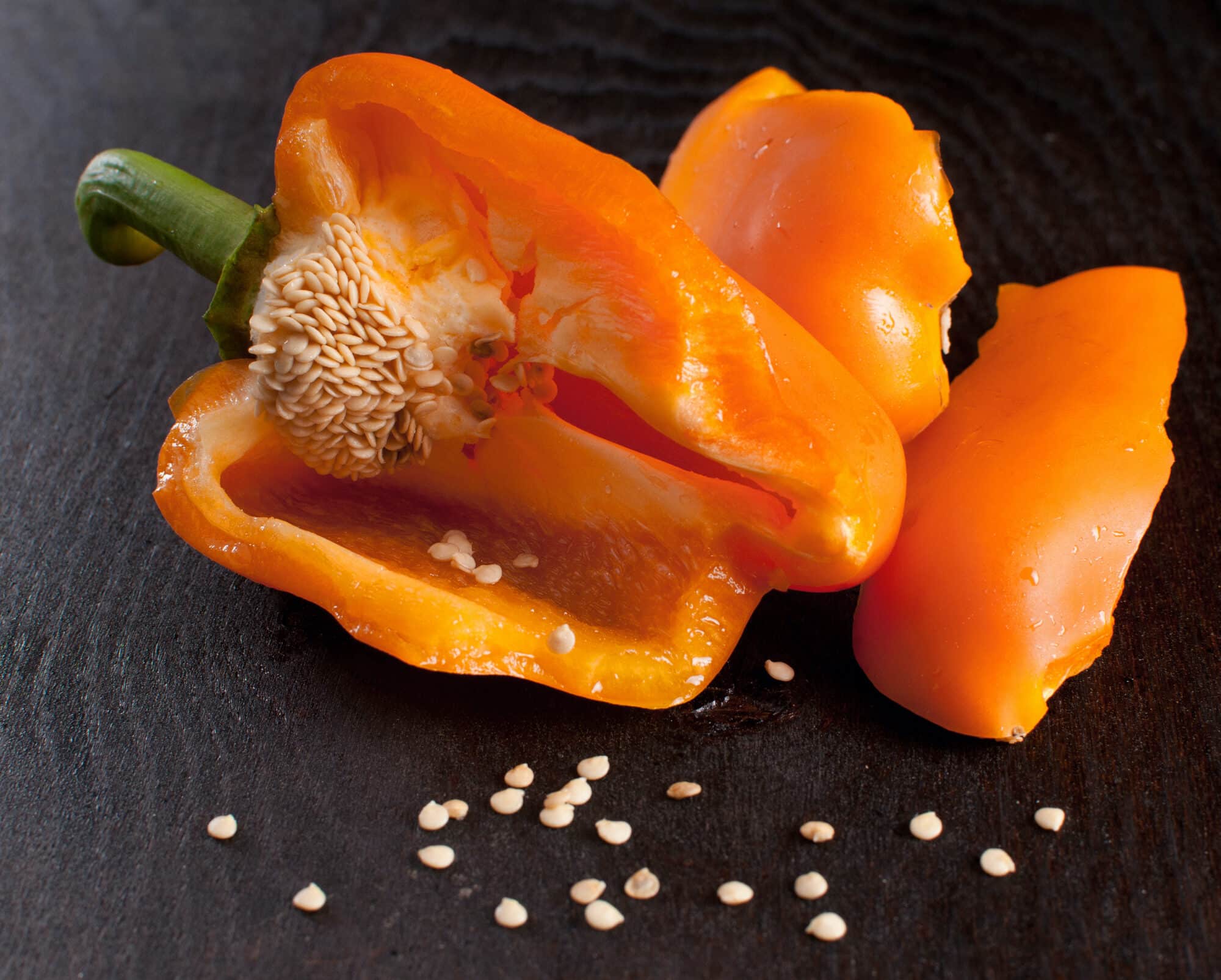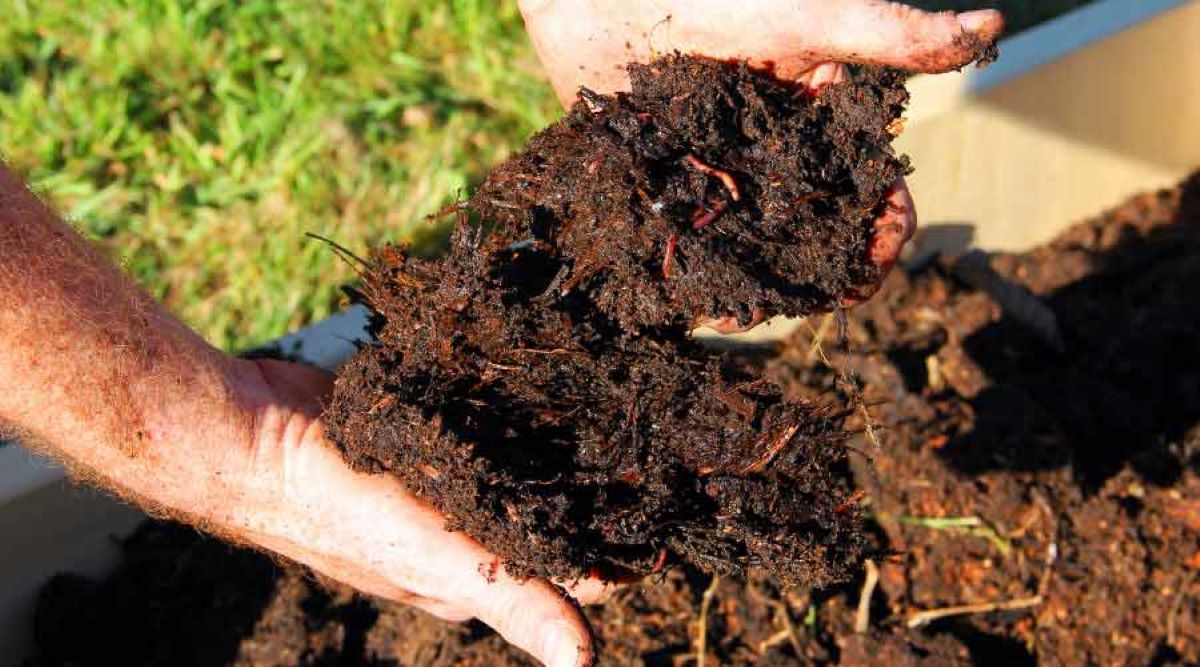Home>Types of Gardening>Edible Gardening>How Much Dried Rosemary Is Equivalent To 1 Sprig
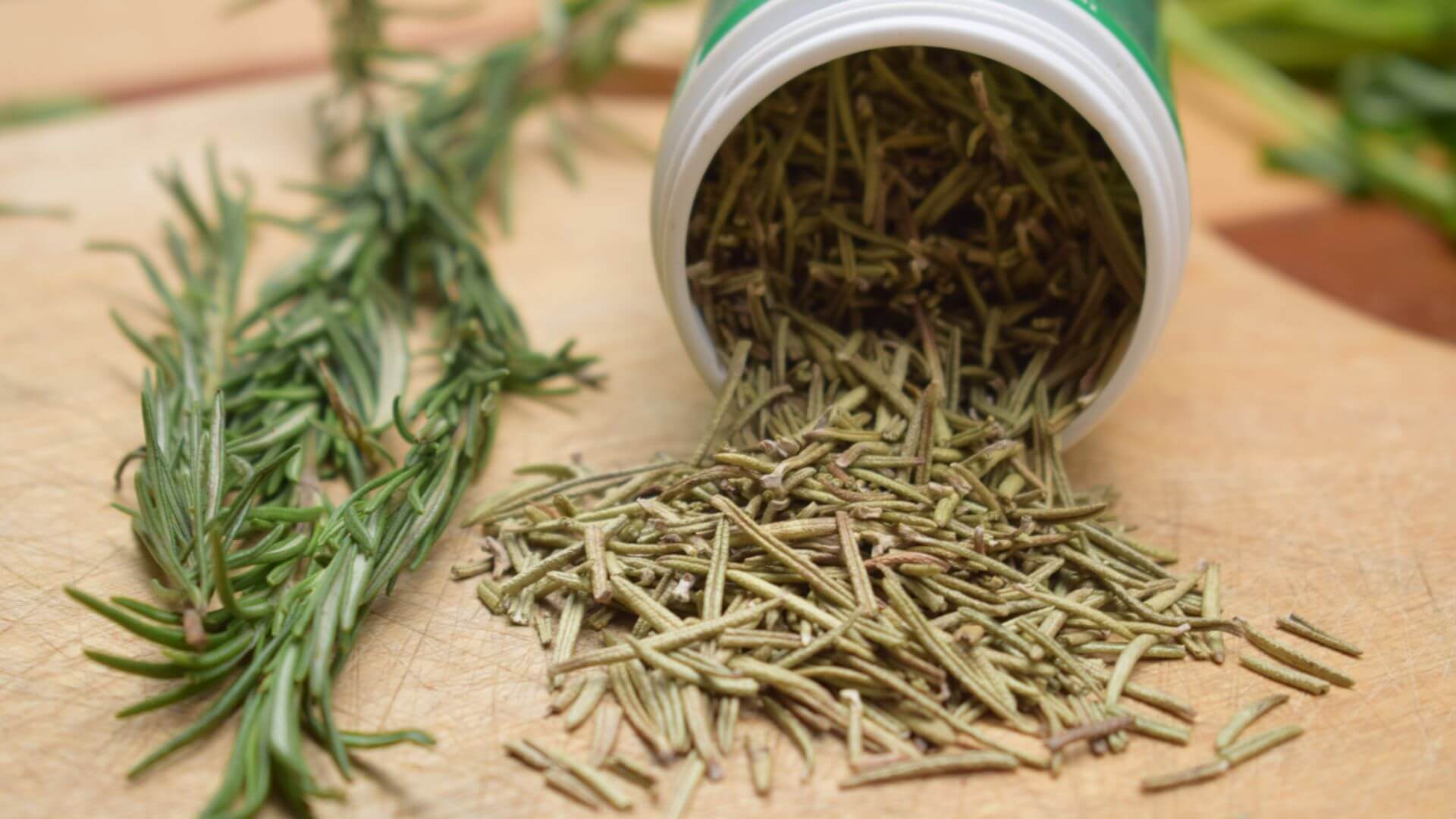

Edible Gardening
How Much Dried Rosemary Is Equivalent To 1 Sprig
Published: January 29, 2024
Discover how much dried rosemary is equal to one sprig in edible gardening.
(Many of the links in this article redirect to a specific reviewed product. Your purchase of these products through affiliate links helps to generate commission for Chicagolandgardening.com, at no extra cost. Learn more)
Table of Contents
Introduction
Welcome to the world of edible gardening, where you can grow your own fresh herbs and enjoy the satisfaction of harvesting and using them in your culinary creations. One herb that holds a special place in many kitchens is rosemary.
Rosemary is a versatile and fragrant herb that adds a delightful aroma and flavor to a wide range of dishes, from savory roasts to herb-infused oils. Whether you have a sprawling backyard garden or just a few pots on your windowsill, growing rosemary is a rewarding experience.
As you dive into the world of cooking with rosemary, you may come across recipes that call for a “sprig” of rosemary. But what exactly does that mean? And how much dried rosemary can be used as a substitute?
In this article, we will explore the world of rosemary sprigs and dried rosemary, and provide you with a handy guide to converting between the two. Whether you’re looking to substitute dried rosemary for fresh in a recipe or vice versa, understanding the equivalence can ensure that your dishes turn out just right.
So, let’s roll up our sleeves and dig into the fascinating world of rosemary, as we uncover the mysteries of converting between fresh rosemary sprigs and dried rosemary!
Understanding Rosemary Sprigs and Dried Rosemary
Before we dive into the conversion process, let’s take a moment to understand the difference between rosemary sprigs and dried rosemary. This will not only help us grasp the concept better but also appreciate the unique characteristics of each form.
When we refer to a “sprig” of rosemary, we are talking about the fresh, green stems of the herb that are still attached to the woody main branch. Each sprig typically consists of several needle-like leaves arranged in clusters along the stem.
Dried rosemary, on the other hand, is made by harvesting the rosemary sprigs and then drying them until they become brittle. This process preserves the flavor and aroma of the herb, making it an excellent alternative when fresh rosemary is not available.
It is important to note that the flavor intensity of dried rosemary is more concentrated compared to the fresh sprigs. This means that you might need to use less dried rosemary in a recipe to achieve the same flavor profile as fresh rosemary.
Now that we have a basic understanding of the two forms of rosemary, let’s explore the factors to consider when converting between them.
Factors to Consider
When converting between fresh rosemary sprigs and dried rosemary, there are a few factors to consider to ensure accurate measurements and desired flavor profiles in your dishes. These factors include:
- Flavor Intensity: As mentioned earlier, dried rosemary has a more concentrated flavor compared to fresh rosemary. This means that you may need to adjust the amount of dried rosemary used to maintain the desired flavor intensity in your recipes. It’s a good idea to start with a smaller amount of dried rosemary and gradually add more if needed.
- Recipe Requirements: Different recipes may call for different forms of rosemary. Some recipes specifically call for fresh rosemary sprigs, whereas others may allow for the use of dried rosemary. It’s important to follow the recipe instructions closely to ensure optimal results.
- Personal Preference: Personal taste preferences can also play a role when converting between fresh and dried rosemary. Some individuals may prefer the vibrant and aromatic flavor of fresh rosemary, while others may enjoy the more concentrated and earthy flavor of dried rosemary. Adjust the amounts based on your personal preference to achieve the desired flavor in your dishes.
By considering these factors, you will be better equipped to make successful conversions between fresh rosemary sprigs and dried rosemary in your culinary adventures. Let’s move on to understanding how to actually convert between the two forms.
Converting Fresh Rosemary to Dried Rosemary
Converting fresh rosemary sprigs to dried rosemary requires some simple calculations to ensure the right amount is used in your recipes. Here’s a step-by-step guide to help you with the conversion:
- Start with the Amount of Fresh Rosemary: Begin by determining the amount of fresh rosemary sprigs called for in your recipe. This could be indicated as a specific number of sprigs or as a measurement, such as tablespoons or teaspoons.
- Consider the Flavor Intensity: Remember that dried rosemary has a more concentrated flavor. Generally, you would use 1 teaspoon of dried rosemary for every 1 tablespoon of fresh rosemary. However, if you prefer a milder flavor, you can reduce the amount of dried rosemary used or vice versa.
- Adjust the Measurement: Determine the appropriate amount of dried rosemary by multiplying the amount of fresh rosemary by the conversion factor. For example, if your recipe calls for 2 tablespoons of fresh rosemary, the equivalent amount of dried rosemary would be 2 teaspoons (since 1 tablespoon is equal to 3 teaspoons).
- Crush or Grind the Dried Rosemary: To ensure the best flavor release, it’s advisable to crush or grind the dried rosemary before using it in your recipes. This helps to release the essential oils and intensify the aroma and flavor.
Following these steps will help you successfully convert fresh rosemary sprigs to dried rosemary. But what about the other way around? Let’s explore how to convert dried rosemary to fresh rosemary sprigs.
Determining the Equivalent Amounts
Converting dried rosemary to fresh rosemary sprigs can be a bit trickier since dried rosemary is more concentrated in flavor. However, with a few guidelines, you can determine the equivalent amounts. Here’s how:
- Know the Recipe Requirement: Check the recipe to see if it specifies the amount of dried rosemary needed. If the recipe only calls for fresh rosemary sprigs, you’ll need to estimate the equivalent.
- Consider Flavor Intensity: Keep in mind that dried rosemary has a more potent flavor. As a general rule of thumb, 1 tablespoon of fresh rosemary sprigs is roughly equivalent to 1 teaspoon of dried rosemary. However, you may need to adjust the amount based on personal preference and desired flavor intensity.
- Experiment and Taste: If you’re unsure about the conversion, it’s best to start with a smaller amount of dried rosemary and gradually add more. Taste the dish as you go and adjust accordingly. Remember, it’s easier to add more rosemary than to remove an overpowering flavor.
- Consider the Texture: Keep in mind that dried rosemary has a different texture than fresh sprigs. It may not provide the same visual appeal and texture in dishes. If texture is important to your recipe, consider adding fresh rosemary or using a combination of fresh and dried.
By taking these factors into account, you can determine the equivalent amounts of dried rosemary to fresh rosemary sprigs. Remember to adjust the measurements based on taste preferences and the specific requirements of your recipe.
Cooking with Dried Rosemary
Dried rosemary is a versatile and convenient option for adding the aromatic flavor of rosemary to your dishes. Here are some tips and ideas for cooking with dried rosemary:
- Infuse Oils and Vinegars: Create flavorful infused oils and vinegars by adding dried rosemary to a bottle and allowing it to steep for a few weeks. The resulting infused oils and vinegars can be used as a dressing, marinade, or flavor enhancer in various recipes.
- Sprinkle on Roasted Vegetables: Toss your favorite vegetables with a sprinkle of dried rosemary before roasting them. The heat will awaken the flavors and give your vegetables a delightful herbal note.
- Season Meats and Poultry: Dried rosemary is a fantastic seasoning for meats and poultry. Rub it onto your steaks, chicken, or lamb before grilling or roasting to infuse them with a savory aroma and taste.
- Add to Soups and Stews: Enhance the flavor of your soups and stews by adding a pinch of dried rosemary. It pairs well with dishes like tomato basil soup, hearty bean stews, and chicken noodle soup.
- Flavor Breads and Baked Goods: Sprinkle some dried rosemary on top of bread dough before baking to add a savory note to your homemade bread. You can also incorporate it into scones, crackers, or biscuits for a unique twist.
- Create Herb Seasoning Blends: Combine dried rosemary with other herbs like thyme, oregano, and basil to create your own herb seasoning blends. Use them to season meats, vegetables, or sprinkle on top of homemade pizzas.
- Infuse Flavor into Sauces and Dressings: Stir in dried rosemary into your homemade sauces, dressings, or marinades to add depth and complexity to the flavors. It works well in creamy pasta sauces, vinaigrettes, and even barbecue sauces.
These are just a few ideas to get you started with cooking and experimenting with dried rosemary. Don’t be afraid to get creative and explore different flavor combinations to elevate your culinary adventures!
Conclusion
Understanding how to convert between fresh rosemary sprigs and dried rosemary opens up a world of possibilities in your culinary endeavors. By considering factors such as flavor intensity, personal preferences, and recipe requirements, you can confidently substitute one form of rosemary for another, ensuring that your dishes are flavorful and aromatic.
Remember that dried rosemary is more concentrated in flavor, so adjust the amounts accordingly to achieve the desired taste profile. Whether you’re infusing oils, seasoning meats, or adding a sprinkle to roasted vegetables, dried rosemary adds a delightful herbal note to a wide range of dishes.
Cooking with rosemary, whether fresh or dried, brings a touch of freshness and vibrancy to your recipes. So, whether you’re reaching for a fresh sprig from your garden or a jar of dried rosemary from your pantry, embrace the versatility of this wonderful herb and explore the culinary possibilities it has to offer.
Next time you come across a recipe that calls for rosemary sprigs, you’ll be equipped with the knowledge to convert it to dried rosemary or vice versa. So, go ahead and dive into the art of cooking with rosemary, and let its aromatic and flavorful presence elevate your culinary creations to new heights!

